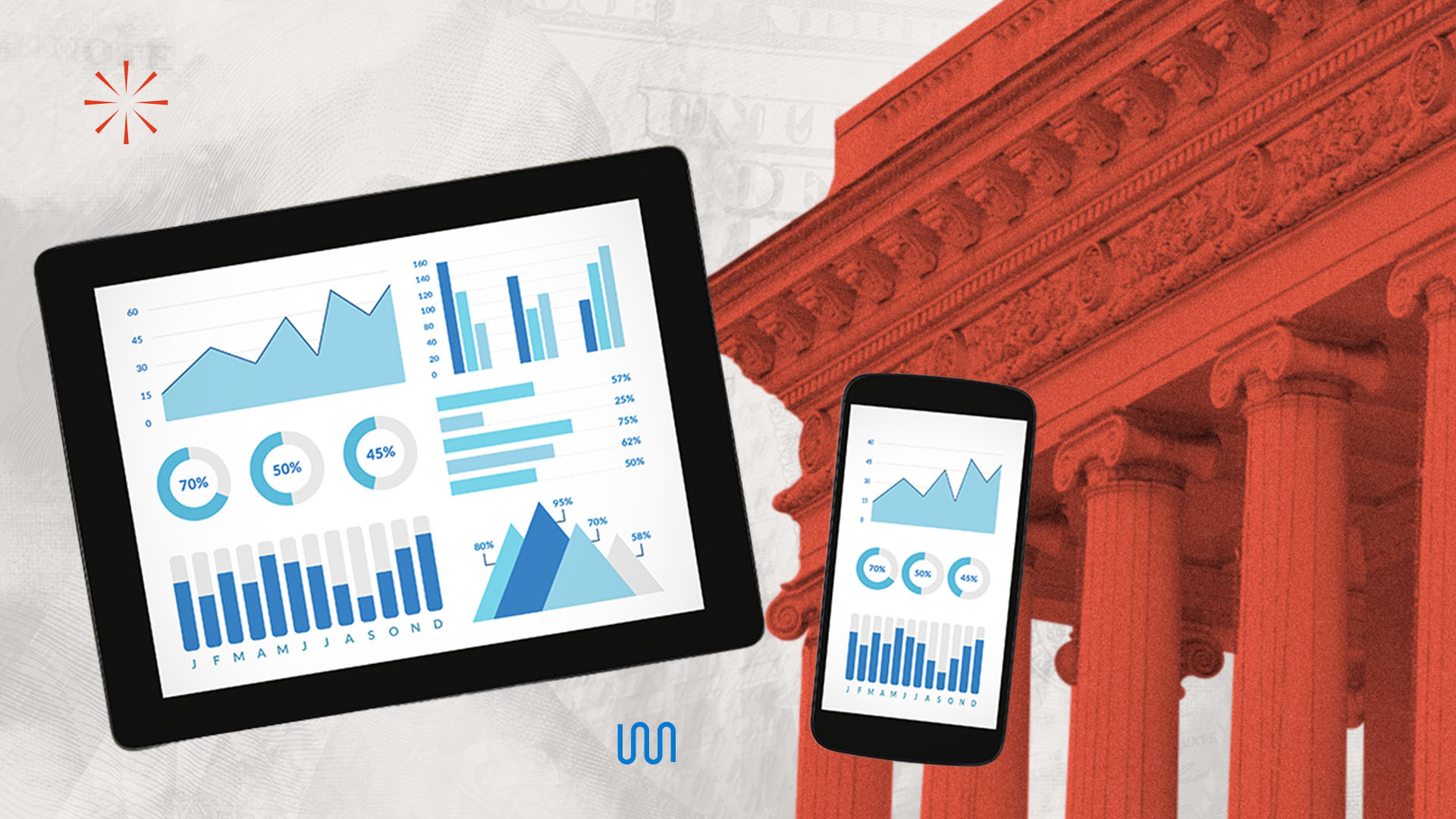
BaaS is a business model where different financial services are bundled up, co-branded, or built-for-your-business and offered under your own banner. And it’s often all done using an existing licensed bank’s secure and regulated infrastructure.
“BaaS is an opportunity for brands to provide their online communities access to financial services on their websites, apps, and marketplace platforms,” said Nicole Valentine, Fintech Director of the Center for Financial Markets at the Milken Institute.
BaaS began before the pandemic forced banks to adapt their products and services, and convinced consumers who weren’t digitally native to turn away from in-person banking at their nearest brick-and-mortar branch.
A recent survey from card issuing platform Marqeta reported only 22% of consumers said they would be very inconvenienced if all physical banks shut tomorrow. While more than 36% said it would have no impact on them at all.
But BaaS is about much more than supporting consumers’ changing preferences. It’s also a business model that can potentially help financial services slash their customer acquisition costs.
An Oliver Wyman analysis put the cost of acquiring a customer at between $100 to $200 and the management consultancy claimed a BaaS technology stack can help businesses reduce that to between $5 and $35.
“BaaS works well for many types of businesses,” said Archana Prasad, VP of product management at Marqeta, a card-issuing platform. “Several fintechs such as Coinbase have launched embedded financial services into their core apps and banks are modernizing their banking offerings and a great example of this is Marcus by Goldman Sachs.”
Despite this, just 11% of US-based banks and credit unions are pursuing a BaaS strategy, according to data from Cornerstone Advisors, while a further 15% have either ruled out pursuing BaaS entirely, or not even discussed the business model.
How a Kansas City bank uses the BaaS model
Some early adopters are seeing significant gains with BaaS. Lead Bank is a family-owned, 100-year-old community bank, with $780 million in assets under management. The Kansas City-based bank implemented a payment hub from Finzly to help it become a BaaS provider.
“BaaS has served the bank very well as we now serve national clientele with the help of fintech partners,” said Josh Rowland, CEO and vice-chair of Lead Bank.
“Years ago, we asked what the opportunities are for next-generation banking. Although considered smaller, we can do what large banks do because of our nimbleness, flexibility, and scrappiness. However, Lead Bank has learned that for a digital transformation to succeed, we must change our mindset.”
Rowland said the bank learned from partner relationships that it needed “a scalable plug-and-play solution” with speed built into its core systems.
“When we can get out of our way and not be afraid to embrace digital transformation as bankers, we can find partners who genuinely respect and care for the same kind of responsibilities we have,” said Rowland. “Then we can build banks that can compete with anyone, anywhere, across the world.”
Barriers to better BaaS adoption
Many organizations still face significant barriers if they want to adopt BaaS to create new revenue streams. “Risk assessment and due diligence take too long still,” said Nick Patrocky, head of user experience/interface design at VictorFi, a banking technology platform. “Many fintech companies get delayed months before they can begin operating [a BaaS model].”
He believes companies need a way to quickly onboard and manage BaaS programs at scale, especially given that organizations such as the Federal Deposit Insurance Corporation (FDIC) and other auditors will want to be able to see everything is being documented properly.
The right resources
For newly digitizing banks, the biggest challenge when adopting a BaaS model is often a lack of in-house staff and resources dedicated to development and maintenance, according to Eran Shirazi, co-founder and chief technology officer (CTO) of EasySend.
Legacy issues
“Legacy technology, legacy processes, and legacy mindset are often impediments to success when adopting a BaaS model,” he said. Shirazi believes banks, in particular, must be willing to invest in new technology and processes — and have the right staff in place — to make sure that the transition is successful.
Pricing
Shirazi said banks may face the same issues with the BaaS model in 2022 as those they have faced in the past: data privacy and security concerns, IT infrastructure investment, and disruptions to pricing models.
Complexity
BaaS is a big undertaking, according to Vashon Gonzales, chief operations officer (COO) at Kaped, which provides “credit cards as a service” to payment processing companies, merchant service providers, loan brokers, and fintech startups.
“You need several insurance policies, an issuing banking partner, a lot of capital, a compliance team, card manufacturers, customer support, and an IT team,” he said.
The future of BaaS
While fintechs initially entered the BaaS market, small to mid-size financial institutions are starting to realize the potential of digital banking and are implementing new BaaS-powered services for their customers, according to Marqeta’s Prasad.
It’s become much simpler for teams to develop and embed BaaS solutions into their own product offerings, enabling teams to accomplish more with fewer resources. Even non-financial services companies are embedding banking products into their own offerings to engage a new set of customers and create lasting customer relationships.
When BaaS contributes to the objectives of financial inclusion and access to capital, it’s working,” explained Valentine. “But when BaaS unlocks challenges in the user experience, creating complexities in the user journey, that’s a concern."
“You can never have too much financial education embedded in the user experience of a financial service. It’s important to use bold print instead of fine print when non-banks are providing financial products on their platforms.”
She said the BaaS model will ultimately be judged by its ability and capacity to financially empower individuals, communities, and small businesses on a larger scale.




